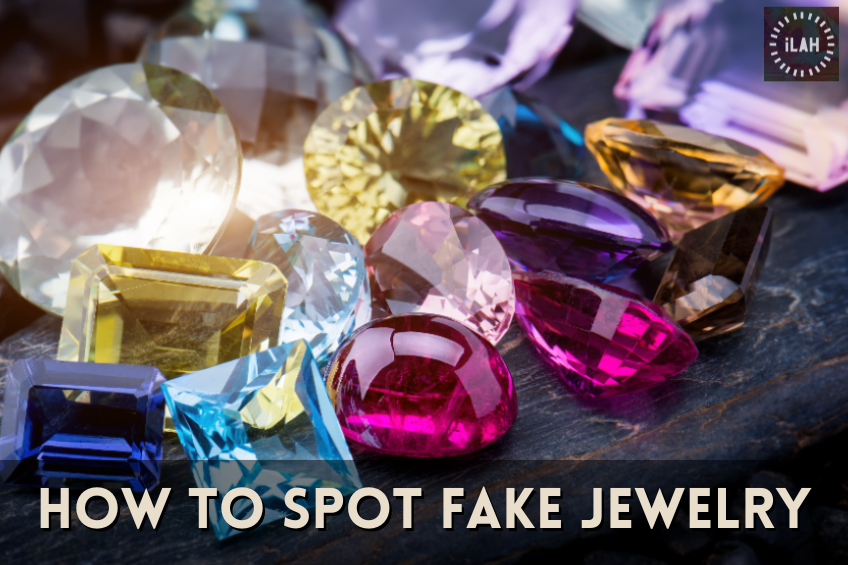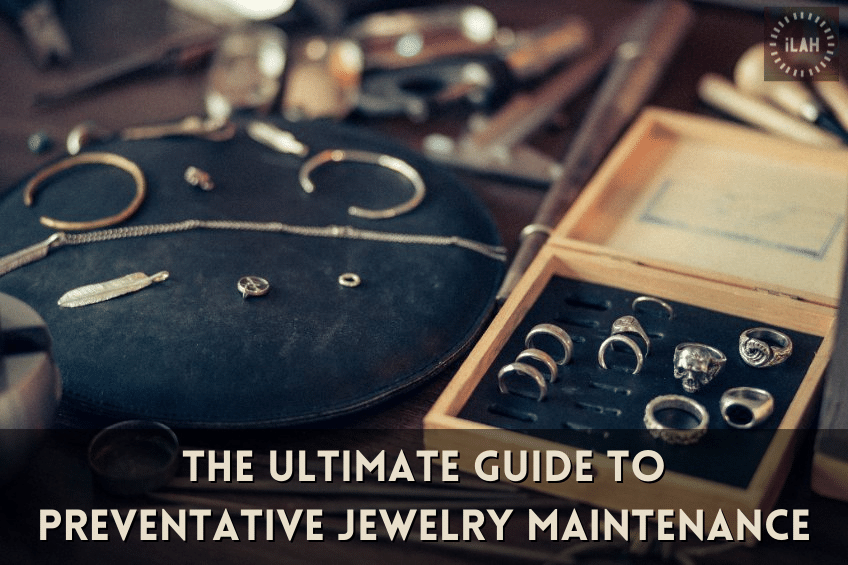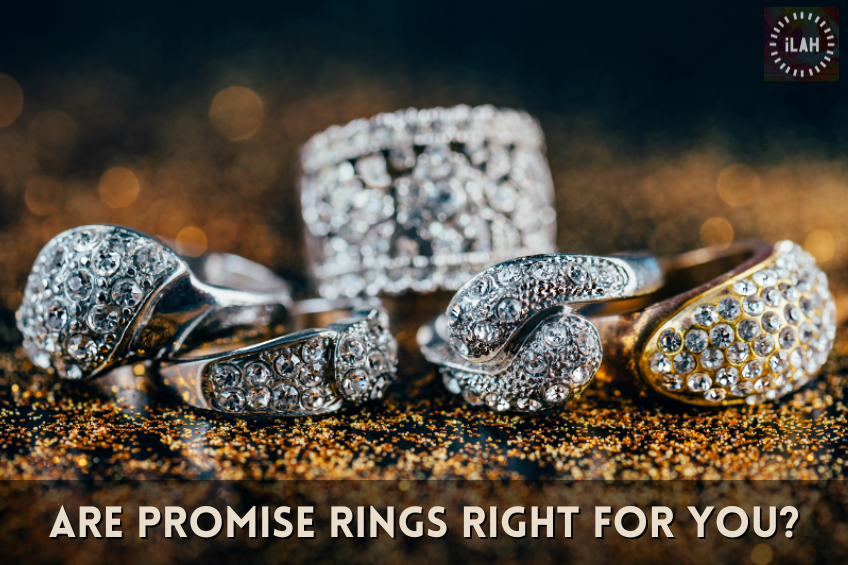Have you ever wondered if your jewelry is not what you think it is? A lingering worry rests in your mind: Is your unique jewelry fake? Is it really authentic, genuine, and worth the price you paid?
Remember, just because the jewelry appears authentic and comes with a certificate of authenticity combined with a heartfelt promise from the seller doesn't make it genuine. It may be replica jewelry. ANYTHING can be faked and replicated, peppered with lies, pressuring you to buy.
You will miss out on a good deal, a one-of-a-kind item, or a supposed limited quantity—these are just a few sale tactics. There is always a thriving retail market for any merchandise in demand--including an underground market waiting to swindle and hoodwink unsuspecting customers looking for a deal.
Keep reading to learn the best methods to easily identify fake jewelry, including:
- Proper Price Points
- How to Spot Fake Gold
- Certificate of Authenticity
- Missing/Incorrect Physical Attributes
- Simulated Stones
- Key Takeaways
Proper Price Points
All merchandise has an average price point across different stores selling their merchandise (discounters not included). For example, suppose you want a unique jewelry item or a particular designer bracelet. In that case, this item's price point will remain the same.
This is true whether it is sold on the designer's flagship store or website. This price may be adjusted with cyber sales, buying incentives, store redemption coupons, or credit card credits, but the initial retail will be comparable.
This rule of thumb remains the same for fine jewelry or custom-made jewelry. Premium metals, including silver, gold, and platinum, constantly fluctuate in market value. This fluidity reflects in the price point, always retaining its value.
TIP: Watch out for a business selling merchandise at a fraction of the retail value. This is a strong indication this item is not authentic. Any seller will try to sell the merchandise at this price point for a profit. If the item is too low, it may be fake jewelry or replica jewelry.
How to Spot Fake Gold
Do you have concerns about the gold being fake? Replica jewelry, costume jewelry, and fashion jewelry are often made with "fake gold." What is fake gold? Fake gold doesn't contain a carat weight of gold. It might be plated or filled over another base alloy metal.
"Gas station gold" is another popular scam. Con artists selling jewelry in parking lots at convenience stores and gas stations might promise you real gold in exchange for a small amount of gas money, but that's typically false. Do not buy gold off of people on the street.
Weighing Your Item
Gold is heavy, giving weight to the piece. If the piece appears to be lighter than it should be, there is a possibility it is replica jewelry or fake gold. The piece should be slightly heavier (in grams weight) than it appears. Sometimes the piece will be too heavy; this could signal the piece isn't real gold, either.
Discoloration
Gold should not tarnish or discolor over time. This may mean it is plated or filled. Gold will retain its color. It is important to note white gold color changes because it is coated with rhodium; however, the fading will result in the real gold showing through (yellow gold). It's important to note that chlorine in swimming pools will fade and tarnish white gold.
Make sure to look at the ends of your gold chains to see if there is a different type of metal underneath. A heavy gold plating will almost resemble "frosting" on your chain.
Magnetism
Gold is not magnetic! Gold shouldn't magnetize against another material. If it does, it isn't gold.
Scratch Test
Taking your piece to a professional jeweler or pawn shop and performing a metal scratch test using a plate and chemical liquid will reveal if the metal is what the metal claims to be. If the line of scratch from the item disappears after the scratch test is performed, it is NOT that metal or karat of gold.
This process will take a few tries before the karat is identified (if it is gold). Asking the seller to do a scratch test before you confirm if it is fake jewelry. Be mindful that sleeping while wearing jewelry can also result in dents and scratches.
Certificate of Authenticity
Sometimes a certificate of authenticity will accompany a unique jewelry design or other custom-made jewelry. This certificate should come from a reputable source, such as IGI or GIA. There are also professional independent labs retailers hire to do their authentication.
TIP: It is important to research these labs and/or pay for a secondary appraisal report. Don't be fooled by a laminated card or official-looking document with claims and a signature. Doing quick research will aid in any purchase you make.
Missing/Incorrect Physical Attributes
Fine jewelry and custom-made jewelry have a certain look designed for functionality. Stones are set securely in any mounting or setting, not glued or fused to the metal. Fine jewelry goes through many design steps before it comes to fruition, assuring the dimensions and design of any piece are suitable for wear.
"Gumball" or costume jewelry is often made with unrealistic measurements, glued in stones, and other fantastical ways that make these pieces fun. You must look at all the details carefully, including properly untangling your necklaces.
TIP: All diamonds and colored stones must be tested and analyzed by a professional. Synthetic stones may look almost identical to their natural counterpart--this is the point of synthesized gems. A diamond tester is an electronic device used to test a real diamond. Unfortunately, this tester does not differentiate between a natural or lab-grown diamond; another type of tester is used but is more expensive to obtain. In untrained hands even a diamond tester can be unreliable, so make sure to take a piece you suspect to be real to a jewelry professional for testing.
Simulated Stones
In recent years, simulated stones such as cubic zirconia have greatly improved in quality. They no longer appear as so incredibly fake and flashy, spotted from a mile away. Although this is good for those who seek a different look, it represents a problem because they are no longer as glaringly obvious. High-quality cubic zirconia set in fine metals have seen an uptick in price.
TIP: Don't be fooled by a multi-diamond/stone cluster ring or other designs. Every single stone must be tested. Look-a-like stones such as white sapphire or topaz may appear in the mix, possibly set to replace a lost diamond or somehow gone undetected through the manufacturing process.
Key Takeaways
"Don't be a sheep in a wolf's world," as the old saying goes. Look for the following: Glue remnants, loose stones, flaking/discolored metal, asymmetrical dimensions, sloppy metal work, low price points, high pressure to buy, no return policy, a hard-to-reach seller, and your intuition should all play a role. Read our guide on preventative jewelry maintenance to learn how to protect your genuine pieces.
ABOUT ILAH CIBIS JEWELRY
Questions about taking care of your jewelry? We specialize in unique, hand-made, responsibly sourced custom jewelry, dom/sub jewelry, LGBT jewelry, and lab grown diamonds as the top independent jewelry store in Worcester, MA.
Radically Personal. Unapologetically Human. Made with fierce love.
-Ilah ♥ / IG: @ilahjewelry









Leave a comment
This site is protected by hCaptcha and the hCaptcha Privacy Policy and Terms of Service apply.